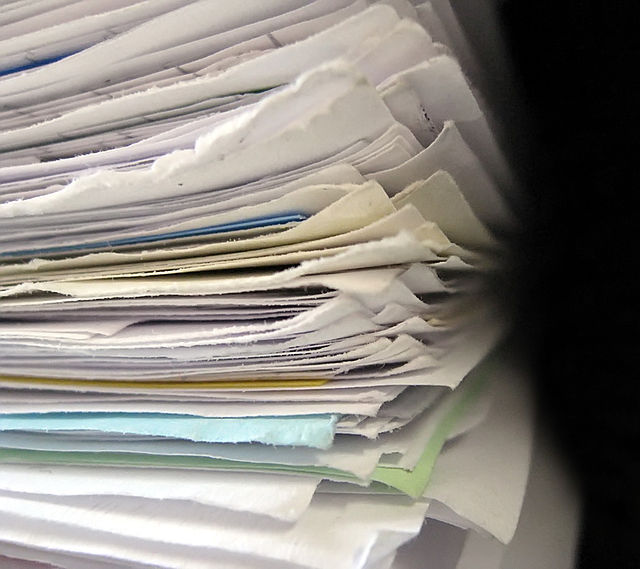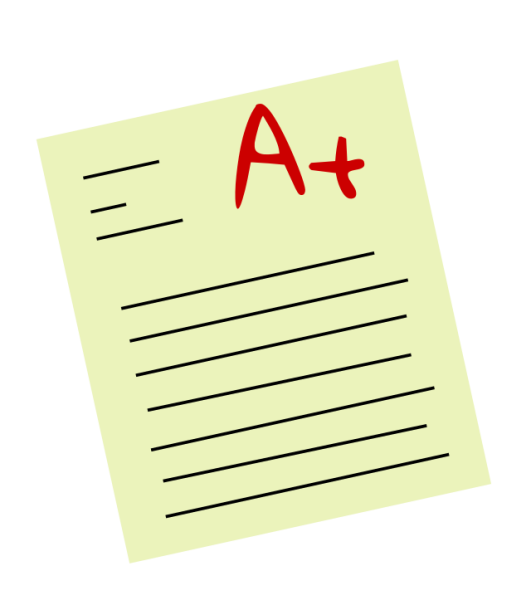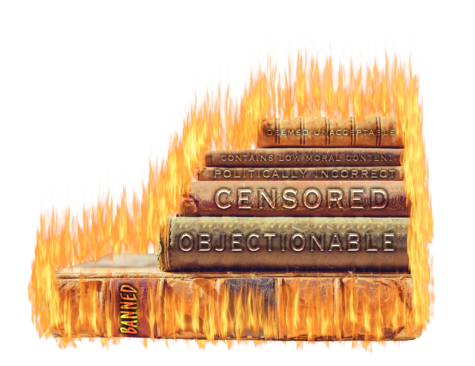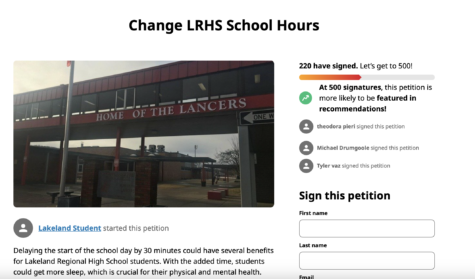Paper-Wasting: A Major Issue within School Districts
By Niklas Bildhauer(CC BY-SA 2.0)
With schools nationwide giving each study a device, there are a multitude of ways to save paper in education.
Paper – it has been a vital resource for schools all across the globe since the 1900s. School systems utilize paper everyday, and on average, will use 2,000 sheets of paper a day (that’s quite a bit…) Paper is valuable to students and staff, and is used for various reasons within school districts and educational buildings. In spite of this, is paper-usage getting a bit too extreme?
Despite the fact that paper is helpful to students, the amount that schools consume should be reduced. While paper is utilized in education for learning and obligatory reasons, it is also used in non-beneficial and unnecessary ways. Many assignments and student work are easily able to be completed online. According to Record Nations, in just a year, a school on average will consume 320,000 sheets of paper; that is about 32 billion sheets of paper in total for all the schools in the US. This ongoing problem continues to persevere everyday.
Schools nowadays utilize computers, desktops, and even phones for school work. If school systems are able to utilize technology, why is the ongoing excess of paper still occurring? For one, paper is said to enhance learning within students. Taking notes, writing essays, everything having to do with handwritten work enables parts of a students mind technology cannot. However, there are also unnecessary uses of paper such as textbooks and packets, which are able to be accessed online, and overall needless printing that will just be disposed of.
Many argue that paper is an essential resource in school districts for many reasons. Paper can be argued as a tangible resource children need to truly embrace and interact with information. Educators are able to teach lessons through paper more effectively this way. Additionally, researchers from Princeton University and UCLA conducted experiments and concluded “subjects who wrote their notes on paper retained more of what they heard and were able to more effectively conceptualize the subject matter.”
While paper cannot be entirely eliminated, there are ways to cut back on paper usage. For example, teachers could offer students the choice of completing assessments online or on paper, which allows teachers to print only what is needed and not copies for the entire class. Additionally, teachers could allow their students to use the backside of a paper as well as printing handouts using both sides of the paper. In terms of books and textbooks, if hard copies are needed, schools could utilize a hybrid method, keeping a class set of textbooks in classrooms and allowing students to use an online textbook at home. This would cut down on the amount of books needed. These are just a few of the practices schools could be doing. Aside from physical usage of paper within classrooms, schools should ensure that all classrooms are equipped with paper recycling bins, in which many are not.
Simple steps such as these could enable school systems to cut down on paper, and hopefully, save some of our planet.

Taylor is a freshman at LRHS. She joined journalism as an elective because she is very passionate about writing and hopes to be able to become a better...












